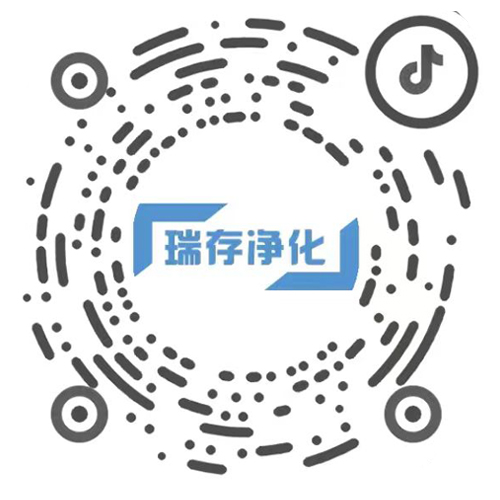News Center
Research and application of self-cleaning time detection technology in clean room
2024/8/30
The application of self-cleaning time detection in performance evaluation and maintenance management of clean room is also described, which provides theoretical support and practical guidance for optimal design and efficient operation of clean room.
Key words: clean room; Self-purification time; Detection technology; Performance evaluation; Optimization measure
1, static test: static test is carried out in the clean room in a static state, by closing the air supply system and exhaust system in the clean room, so that the indoor environment is stable. Then, the particle counter is used to measure the initial value of the concentration of particles in the clean room and the concentration value after a period of time, and the self-purification time is calculated based on the concentration change. The static method is simple and easy to detect, but the result may not be accurate enough due to the influence of external environment.
2. Dynamic detection: Dynamic detection is carried out in the normal operation of the clean room, and the self-cleaning performance is assessed by real-time monitoring of the change in the concentration of particles in the clean room. The dynamic method can more truly reflect the self-cleaning ability of the clean room in the actual operation process, but the operation is more complicated and requires professional testing equipment and technical personnel.
1. Clean room design
The design of clean room directly affects its self-cleaning performance. Reasonable air flow organization, suitable air exchange times and layout of return tuyere are the key factors affecting self-cleaning time. Therefore, in the clean room design process, it is necessary to fully consider the characteristics and requirements of the indoor environment to ensure that the air distribution is uniform and avoid dead corners and vortices.
2, air supply system
Air supply system is an important guarantee of clean room self-cleaning ability. Factors such as the performance of the air supply system, wind speed and direction will affect the self-cleaning time. Therefore, it is necessary to choose the appropriate air supply equipment and wind speed to ensure the stability and uniformity of air flow.
3. Filtration system
Filtration system is the main means of removing particulate matter in clean rooms. Factors such as filter performance, type and replacement cycle will affect the self-cleaning time. In order to improve the efficiency of self-cleaning, it is necessary to select high efficiency filters, and regularly check and replace them.
4. Interior layout
The layout of equipment and furniture in the clean room will also have an impact on the self-cleaning time. Reasonable layout can reduce the generation and diffusion of particulate matter and improve the efficiency of self-purification. Therefore, in the process of clean room use, it is necessary to rationally arrange the location of equipment and furniture to avoid excessive particles.
5. Personnel activities
Personnel activity is another important factor affecting the clean room self-cleaning time. The entry and exit, movement and operation of personnel will generate particulate matter and increase the pollution load of the clean room. Therefore, personnel activities need to be strictly controlled in the clean room to reduce the generation of particulate matter.
For the factors that affect the self-cleaning time, the following optimization measures can be taken:
Optimize clean room design, improve air flow organization and return vent layout, and improve self-cleaning efficiency.
The selection of high-performance air supply equipment and filters to ensure the stability of air flow and filtration effect.
Reasonably arrange the layout of equipment and furniture in the clean room to reduce the generation and diffusion of particulate matter.
Strictly control personnel activities, reduce the generation of particulate matter, and reduce the pollution load of clean rooms.






